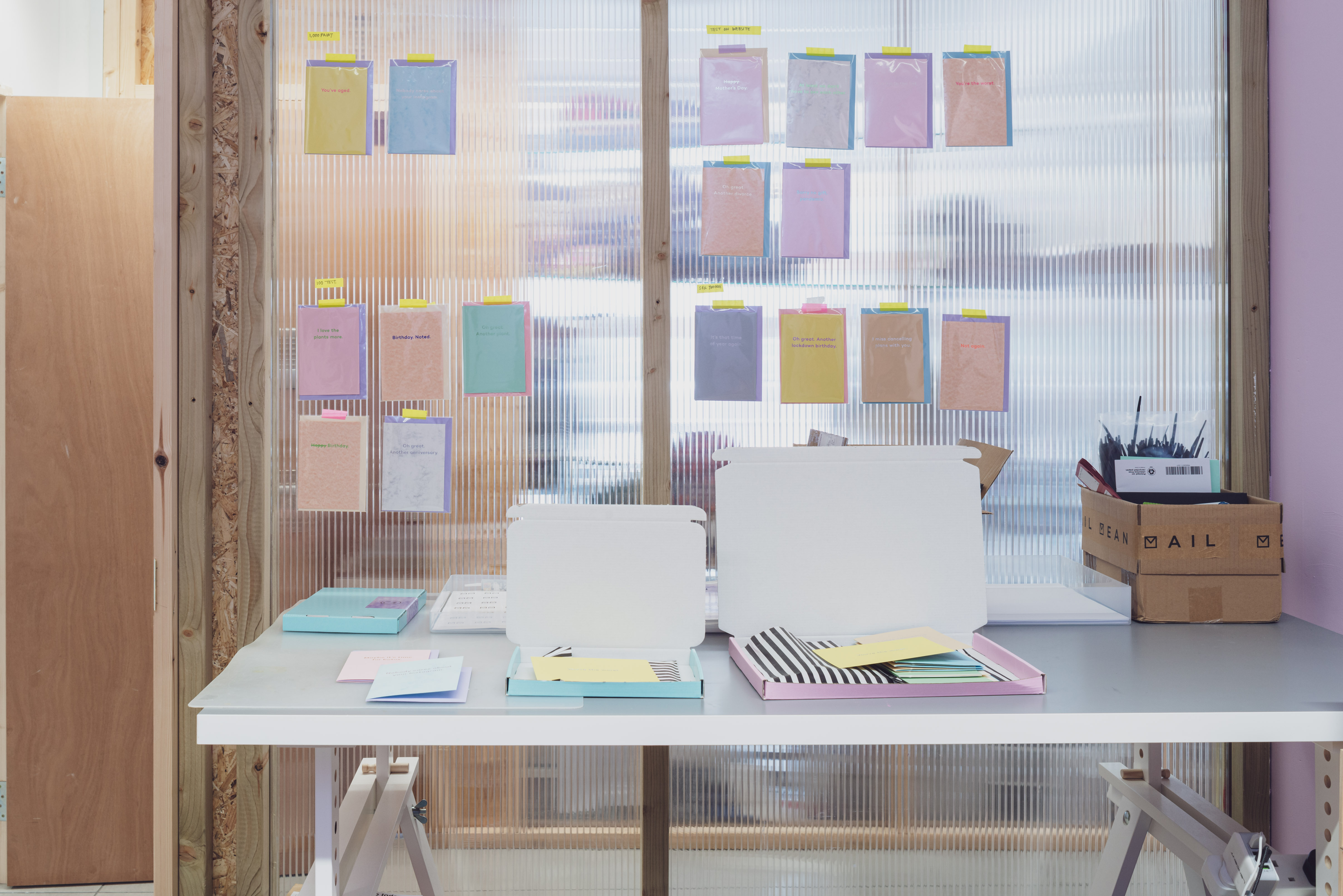

This Checklist is purely advisory in nature and does not cover every aspect of the topic concerned. We have tried to cover some main, commonly-encountered points based on our experience. It is not intended to outline the only way of carrying out the type of work referred to.
The day-to-day management of Health & Safety and Fire Safety of a building is vital. You will need adequate staff training and ongoing daily record-keeping to satisfy all agencies and the law. Any question regarding the exact unit shall be checked with a Fire Assessor. If in doubt, please contact your local Building Control Authority.
Do I need Planning Permission?
The Planning Department is contacted to check if planning permission is required for different aspects of a development prior to submitting a planning application
Do I need a planning application?
The Planning Department is contacted to determine if a Planning Application is required.
Do I need a Health & Safety Risk assessment?
A Health & Safety Risk Assessment is conducted annually to ensure compliance to the Health & Safety At Work etc Act 1974 indicating the activities and the potential risks to those persons within the building.
Do I need a Fire Risk assessment?
A Fire Risk Assessment is conducted annually in compliance with Regulatory Reform (Fire Safety) Order 2005.
What annual maintenance/ compliance checks are required by law?